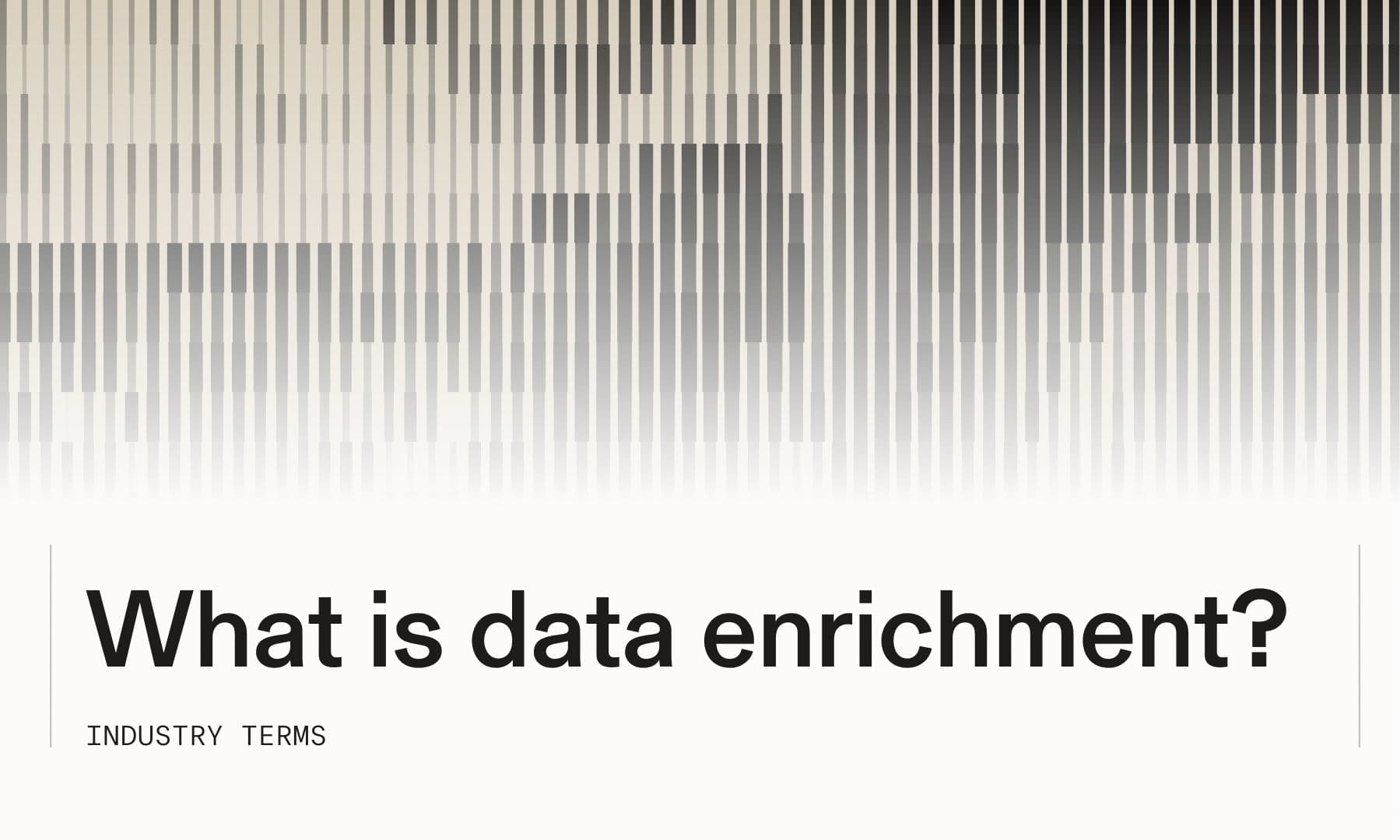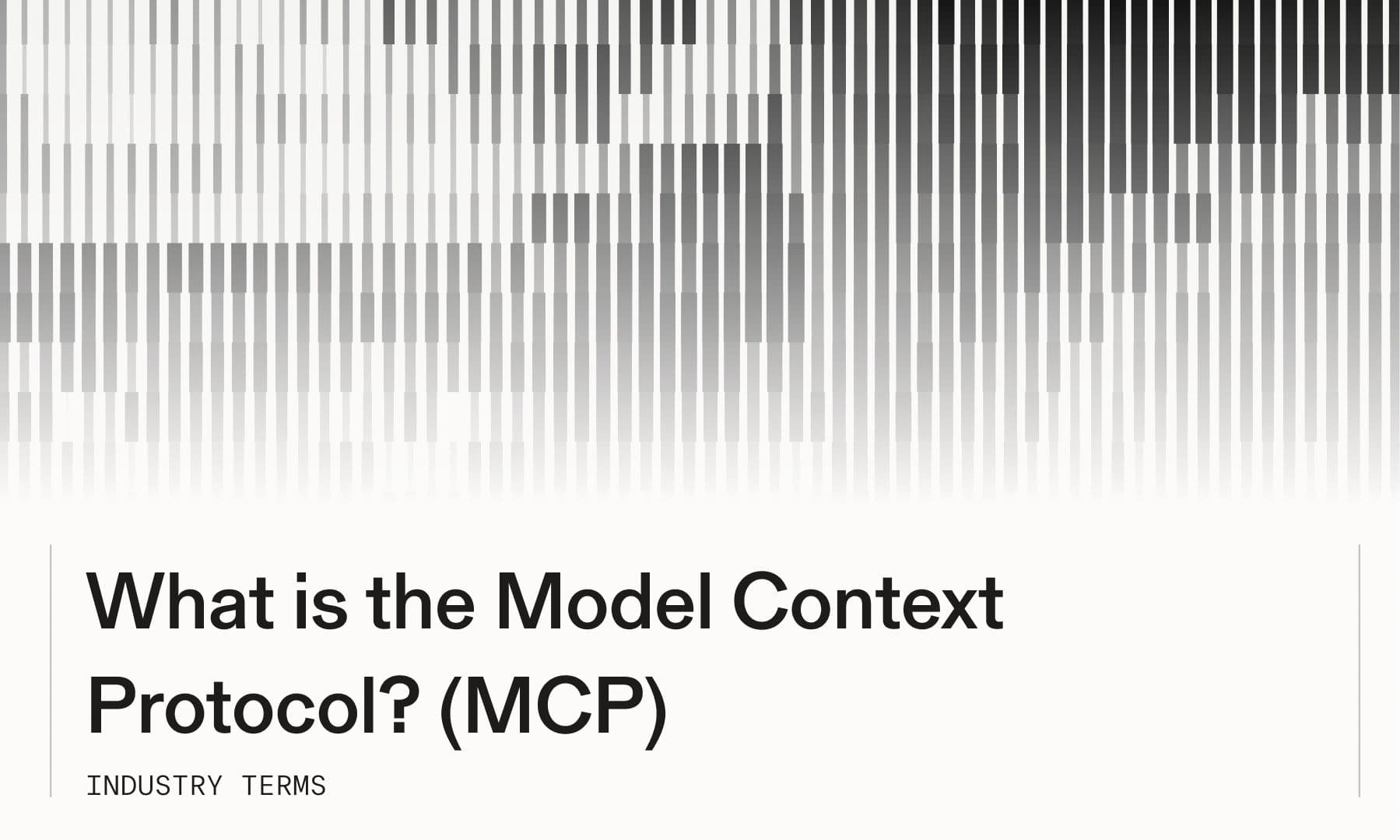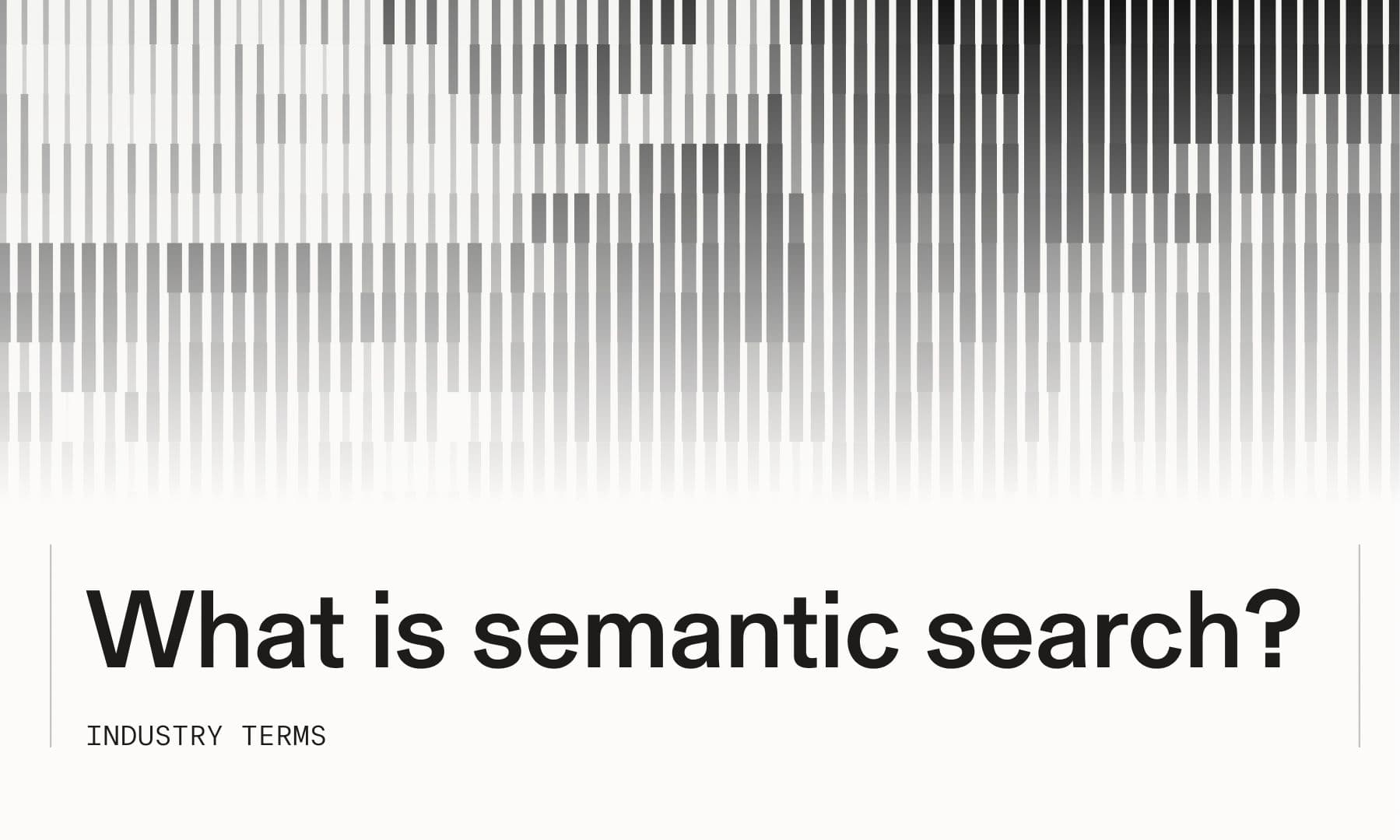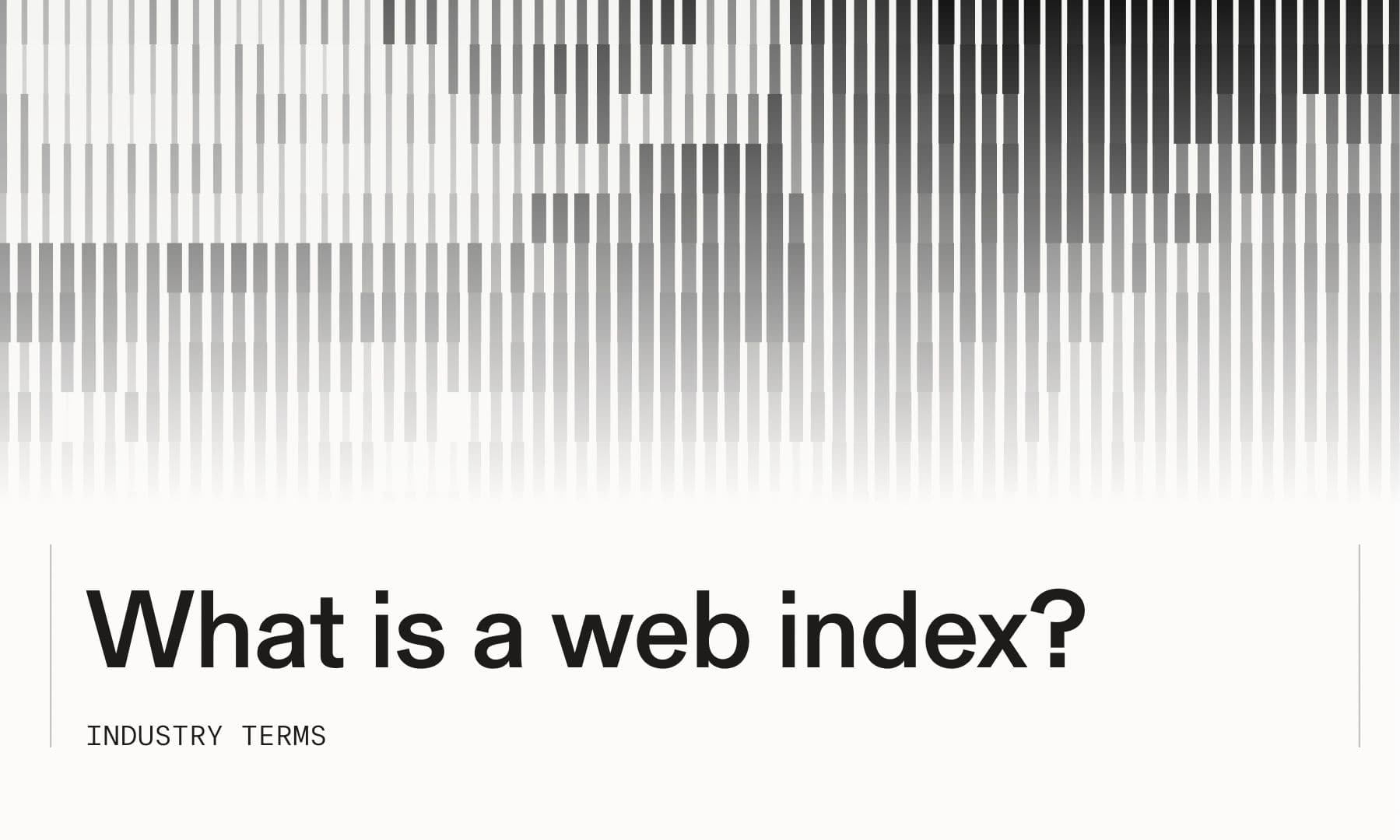
# What is an AI agent?
AI agents are autonomous software systems that perceive their environment, make decisions, and take actions to achieve specific goals— without constant human supervision. Unlike chatbots that simply respond to prompts, agents proactively plan multi-step workflows, use tools, and adapt their approach based on results.
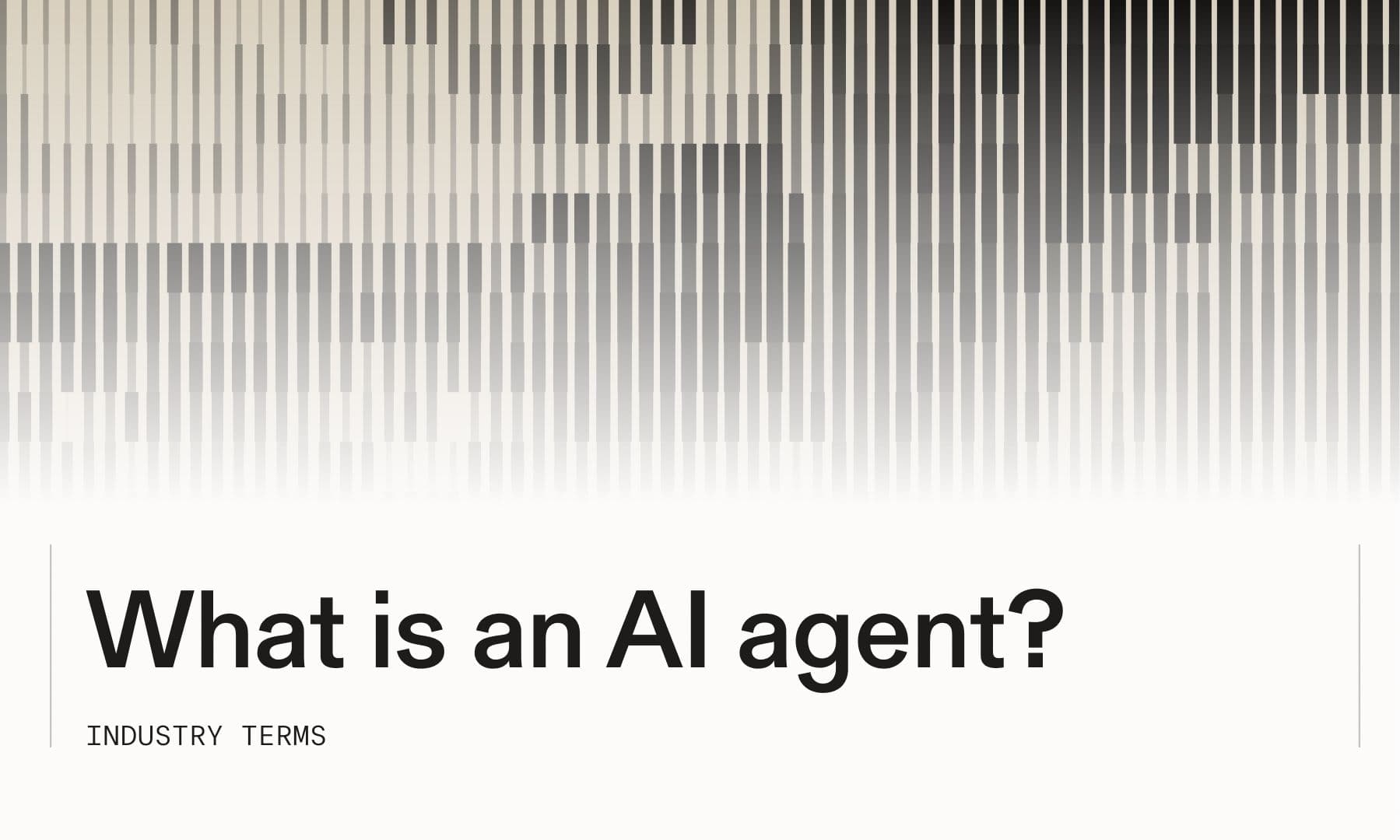
The shift from reactive AI assistants to proactive AI agents represents a fundamental change in how we build intelligent systems. This guide covers how agents work, what makes them different from other AI tools, and what you need to know to build reliable agent-based applications.
## **What is an AI agent definition**
An AI agent is a software system that uses artificial intelligence to autonomously complete tasks and achieve goals with minimal human intervention. It perceives its environment, makes decisions, and takes actions by using tools[tools]($https://parallel.ai/products/search), reasoning, planning, and memory.
Here's the difference. Traditional software follows predetermined instructions—if X happens, do Y. AI agents figure out what to do on their own. You give them a goal, and they determine the steps to get there.
Three characteristics separate AI agents from other software:
- - **Autonomy:** Agents operate independently, making decisions without waiting for human input at every step
- - **Goal-oriented behavior:** Agents work toward specific objectives, planning sequences of actions to achieve outcomes
- - **Environmental awareness:** Agents perceive and respond to their surroundings, whether that's a database, web interface, or collection of APIs
## **AI agent vs chatbot key differences**
The distinction comes down to initiative. Chatbots react— you ask a question, they provide an answer. AI agents act— you set an objective, they figure out how to accomplish it.
Consider customer service. A chatbot answers "What's my order status?" by looking up information and responding. An AI agent with the goal "Resolve customer issues" might detect a delayed shipment, reach out to the customer, offer compensation, and update internal systems. All without waiting for the customer to ask.
This difference matters for what you're building. If you're automating responses to requests, a chatbot works. If you're automating the accomplishment of objectives, you're building an AI agent.
## **How do AI agents work end to end**
AI agents follow a continuous loop of perception, reasoning, action, and reflection. Understanding this workflow helps you design more effective systems.
### **1. Goal initialization**
The agent receives or determines its primary objective. Complex goals get broken into manageable sub-tasks. "Qualify this lead" might decompose into "Research company size," "Identify decision maker," and "Check budget signals."
### **2. Planning and reasoning**
The agent analyzes available information and creates a step-by-step approach. Modern agents use reasoning frameworks like ReAct[ReAct]($https://arxiv.org/abs/2210.03629) (Reasoning and Acting), which interleaves thought processes with actions rather than planning everything upfront. The agent thinks, acts, observes the result, then thinks again.
### **3. Tool invocation and web retrieval**
The agent selects appropriate tools and data sources for each step. This is where accuracy becomes critical. Agents making decisions based on hallucinated or outdated information produce unreliable outputs— confidently presenting false information as fact.
### **4. Action execution**
The agent performs planned actions in its environment. API calls, database updates, file operations, interactions with external systems. Each action produces results that inform subsequent decisions.
### **5. Learning and reflection**
The agent evaluates results and adjusts its approach. Did the action achieve the intended outcome? What worked, what didn't? This feedback loop enables agents to refine behavior over time.
## **Core components of AI agent architecture**
Building reliable agents requires understanding the essential components that enable autonomous behavior. Five pieces work together to transform objectives into outcomes.
### **Foundation model**
A large language model (LLM) provides the reasoning capabilities that power agent decisions. The model processes natural language instructions, generates plans, and determines which actions to take based on available information.
### **Memory store**
Persistent storage maintains conversation history, learned patterns, and contextual information across interactions. Without memory, agents can't maintain continuity. They'd forget previous decisions and repeat failed approaches.
### **Planning module**
This component breaks down goals into actionable steps. It handles task sequencing, manages decision trees, and determines when to pursue alternative approaches if initial plans fail.
### **Retrieval layer with verifiable web data**
Agents operating in the real world access current, accurate information through a retrieval layer. The quality of information sources directly impacts agent reliability. Systems built on verifiable web data[verifiable web data]($https://parallel.ai/blog/introducing-basis-with-calibrated-confidences) with transparent attribution produce more trustworthy outputs than unstructured scraping or outdated indexes.
### **Tool interfaces**
Connections to external APIs, databases, and services allow agents to perform actions beyond text generation. An agent that can only generate text isn't particularly useful. Tool interfaces enable agents to actually accomplish tasks.
## **Types of AI agents in practice**
AI agents exist along a spectrum from simple reactive systems to sophisticated learning architectures. Six categories define the landscape.
**Simple reflex agents** react to immediate stimuli without memory or planning. They follow if-then rules based on current perception. "If temperature exceeds 75°F, turn on air conditioning." Fast and predictable, but limited.
**Model-based reflex agents** maintain an internal model of their environment, tracking changes over time. A model-based agent monitoring website uptime doesn't just react to current status. It remembers historical patterns and distinguishes between typical fluctuations and genuine problems.
**Goal-based agents** work toward specific objectives by planning sequences of actions. Rather than reacting to conditions, they reason about which actions will achieve desired outcomes. Most practical business applications fall into this category.
**Utility-based agents** optimize for the best possible outcome when multiple options exist. Instead of simply achieving a goal, they consider trade-offs—balancing speed against cost, or accuracy against resource consumption.
**Learning agents** improve performance through experience, adapting behavior based on feedback and results. A learning agent handling customer inquiries gets better at resolution over time by identifying which approaches work best for different issue types.
**Multi-agent systems** involve multiple agents collaborating or competing to handle complex scenarios. One agent might specialize in research while another focuses on writing, with a coordinator managing their interactions.
## **Benefits of agent-based AI systems**
Organizations adopting AI agents see measurable improvements across operational efficiency, decision quality, and cost structure.
Agents handle repetitive workflows without human intervention. Unlike robotic process automation that breaks when interfaces change, agents adapt to variations in data formats, website structures, and process flows.
Processing vast amounts of information enables agents to make more informed decisions than humans working under time constraints. An agent qualifying leads can research dozens of data points per prospect—recent funding, technology stack, hiring patterns, competitive positioning. Information that would take hours of manual research gets synthesized in minutes.
Cost efficiency emerges at scale. While individual agent operations might cost more than simple API calls, the elimination of manual work and reduction in errors creates operational leverage. Organizations running thousands of agent tasks daily see costs drop as they optimize implementations.
Intelligent personalization becomes feasible when agents adapt behavior to individual contexts. Rather than one-size-fits-all automation, agents tailor their approach based on user preferences, historical interactions, and situational factors.
## **Challenges and risks of AI agents**
Deploying production AI agents introduces complexities that don't exist with traditional software. Four challenges stand out.
### **Data privacy and security**
Agents process sensitive information across multiple systems, creating expanded attack surfaces and compliance considerations. An agent with access to customer data, internal systems, and external APIs represents a potential vulnerability if not properly secured. Enterprise deployments require robust authentication, authorization, and audit logging.
### **Infinite feedback loops**
Poorly designed agents can get stuck in repetitive cycles, consuming resources without making progress. An agent tasked with "gathering comprehensive research" might continue searching indefinitely without proper termination conditions. Implementing timeouts, iteration limits, and progress monitoring prevents runaway execution.
### **Compute constraints**
Complex reasoning requires significant processing power, especially when agents make multiple LLM calls per task. A single agent workflow might involve dozens of model invocations—planning, tool selection, result synthesis, reflection. Managing compute costs while maintaining acceptable latency requires careful optimization.
### **Hallucination from poor retrieval**
Agents generate inaccurate information when working from unreliable sources or insufficient context. An agent researching company information might confidently present outdated leadership data or confuse similarly named organizations. Verifiable retrieval systems with clear source attribution help agents distinguish reliable information from speculation.
## **Best practices for building reliable agents**
Production-ready agents require more than connecting an LLM to some tools. Four practices separate experimental prototypes from dependable systems.
Start with comprehensive activity logging. Track every decision, action, and result your agent produces. When something goes wrong, detailed logs enable rapid diagnosis and fix deployment.
Implement human-in-the-loop controls for high-stakes decisions. Agents handling routine tasks can operate autonomously, but actions with significant business impact benefit from human review. Design approval workflows that don't create bottlenecks while maintaining appropriate oversight.
Use verifiable web sources for agent research and reasoning. Agents making decisions based on accurate, attributable information produce more reliable outputs than working from unstructured web scraping or stale data. Source quality directly impacts agent trustworthiness.
Assign unique identifiers to different agent instances. When running multiple agents or versions, clear identification helps you track which agent performed which actions, enabling better debugging and performance analysis.
## **Enterprise considerations security compliance and cost**
Deploying AI agents in enterprise environments introduces requirements beyond technical functionality. Business stakeholders care about risk management, predictability, and support.
### **SOC II and SLAs**
Enterprise agents handling sensitive data require security certifications and performance guarantees. SOC II Type 2 compliance demonstrates robust security controls, while service level agreements provide recourse when systems underperform. For regulated industries or large organizations, certification isn't optional.
### **Predictable pricing models**
Cost transparency prevents budget overruns as agent usage scales. Token-based pricing creates unpredictability—a single complex task might consume 10x the tokens of a simple one. Predictable per-task or per-query pricing enables accurate forecasting and budget management.
### **Dedicated support channels**
Enterprise deployments benefit from specialized technical assistance beyond community forums. When agents power critical business processes, rapid response to issues becomes essential. Dedicated support channels, technical account management, and implementation assistance reduce time-to-value.
## **Future outlook and start building with Parallel**
AI agents are evolving from experimental projects to production infrastructure. The next generation will handle increasingly complex workflows, coordinate across multiple specialized agents, and operate with greater autonomy.
However, agent reliability depends fundamentally on data quality. Agents reasoning over inaccurate or unverifiable information produce unreliable outputs, regardless of how sophisticated their architecture.
Parallel's evidence-based web search APIs provide agents with accurate, attributable web data optimized for reasoning tasks. Our platform delivers structured outputs with transparent source attribution, reducing hallucination and enabling agents to make decisions based on verifiable information rather than speculation. When your agents research companies, monitor competitors, or gather current information, they're working with data you can trust.
Start building[Start building]($https://platform.parallel.ai/home) production-ready agents with web intelligence infrastructure designed for accuracy and reliability.
## **Frequently asked questions about AI agents**
### **Is ChatGPT an AI agent?**
ChatGPT exhibits some agent characteristics like reasoning and tool use, but lacks autonomous goal-setting and persistent memory across sessions. It's more accurately described as an AI assistant—it responds to your prompts rather than independently pursuing objectives.
### **What programming languages are best for building AI agents?**
Python dominates AI agent development due to extensive libraries like LangChain, LlamaIndex, and direct LLM API support. However, JavaScript, Go, and Java are viable options depending on your existing infrastructure and team expertise.
### **Do AI agents need real-time web access?**
Most effective agents require current information to make informed decisions. Static training data becomes outdated quickly— a lead qualification agent working from six-month-old company data will miss recent funding rounds, leadership changes, and technology adoptions that signal buying intent.
By Parallel
November 12, 2025


